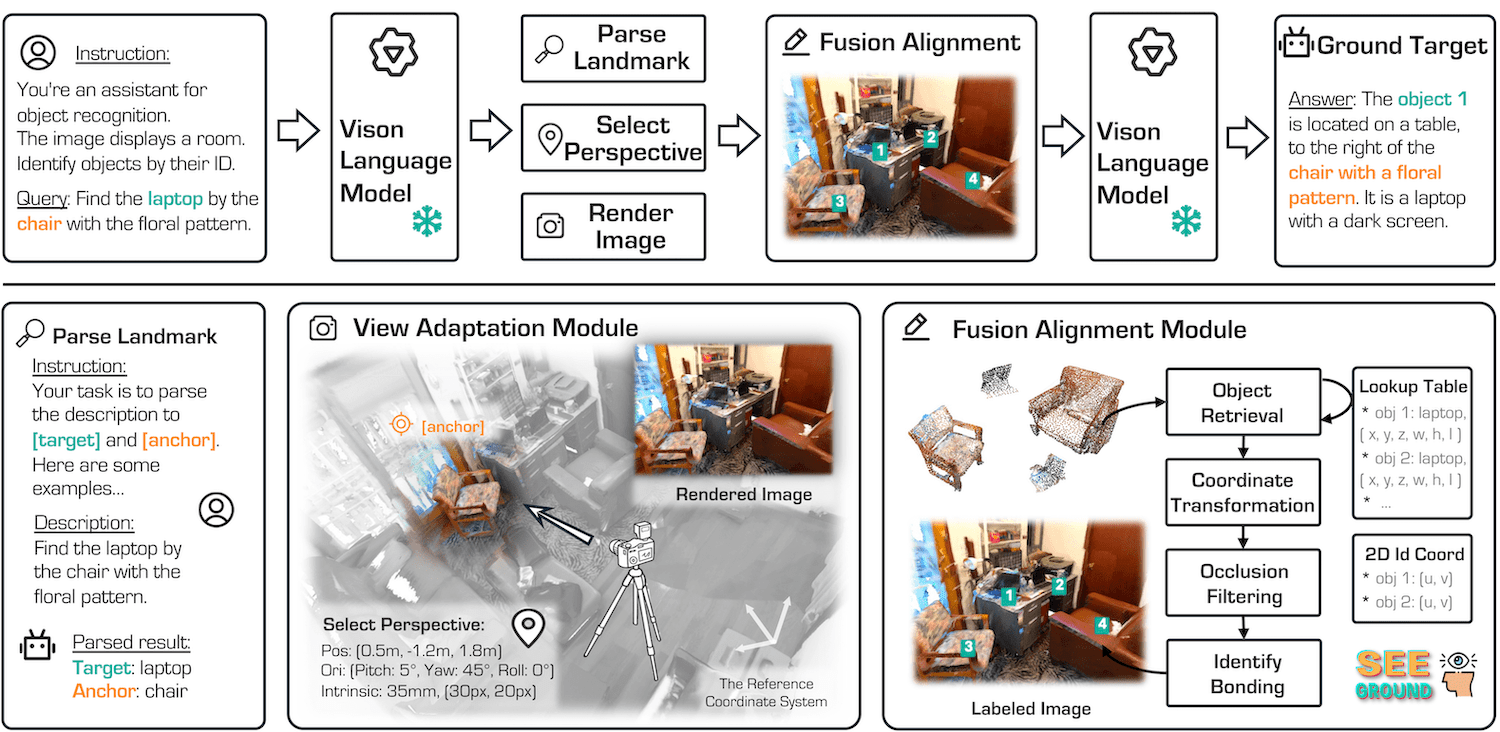Rong Li1
Shijie Li2
Lingdong Kong3
Xulei Yang2
Junwei Liang1,4
AI Thrust, HKUST(Guangzhou)
I2R, A*STAR
National University of Singapore
CSE, HKUST
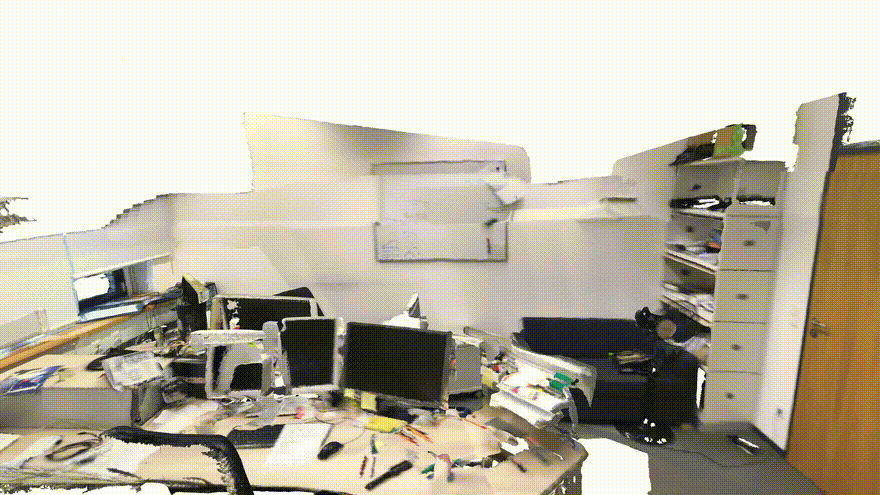 |
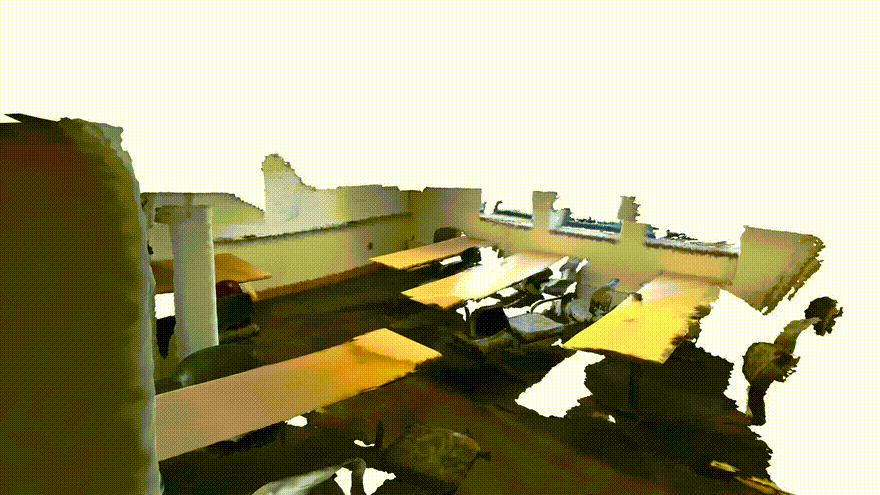 |
 |
 |
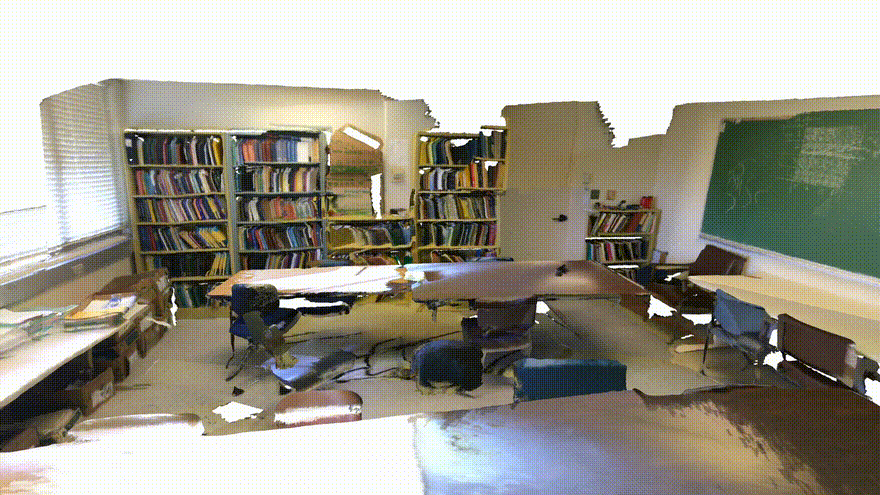 |
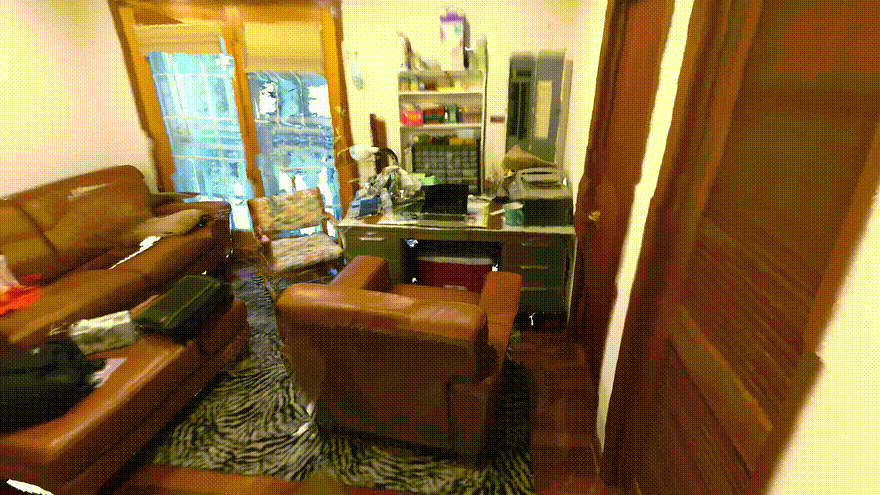 |
 |
 |
- [2025.01] The code and model checkpoints have been fully released. Feel free to try it out! 🤗
- [2024.12] Introducing SeeGround 👁️, a new framework towards zero-shot 3D visual grounding. For more details, kindly refer to our Project Page and Preprint. 🚀
- 0. Framework Overview
- 1. Environment Setup
- 2. Download Model Weights
- 3. Download Datasets
- 4. Data Processing
- 5. Inference
- 6. Reproduction
- 7. License
- 8. Citation
- 9. Acknowledgments
We recommend using the official Docker image for environment setup
docker pull qwenllm/qwenvl
You can download the qwen2-vl model weights from either of the following sources:
Download ScanRefer dataset from official repo, and place it in the following directory:
data/ScanRefer/ScanRefer_filtered_val.json
Download the Nr3D dataset from the official repo, and place it in the following directory:
data/Nr3D/Nr3D.jsonl
Download the preprocessed Vil3dref data from vil3dref.
The expected structure should look like this:
referit3d/
.
├── annotations
| ├── meta_data
| │ ├── cat2glove42b.json
| │ ├── scannetv2-labels.combined.tsv
| │ └── scannetv2_raw_categories.json
│ └── ...
├── ...
└── scan_data
├── ...
├── instance_id_to_name
└── pcd_with_global_alignment
Download mask3d pred first.
- ScanRefer
python prepare_data/object_lookup_table_scanrefer.py
- Nr3D
python prepare_data/process_feat_3d.py
python prepare_data/object_lookup_table_nr3d.py
Alternatively, you can download the preprocessed Object Lookup Table.
We use vllm to deploy the VLM. It is recommended to run the following command in a tmux session on your server:
python -m vllm.entrypoints.openai.api_server --model /your/qwen2-vl-model/path --served-model-name Qwen2-VL-72B-Instruct --tensor_parallel_size=8
The --tensor_parallel_size flag controls the number of GPUs required. Adjust it according to your memory resources.
- ScanRefer
python parse_query/generate_query_data_scanrefer.py
- Nr3D
python parse_query/generate_query_data_nr3d.py
- ScanRefer
python inference/inference_scanrefer.py
- Nr3D
python inference/inference_nr3d.py
- ScanRefer
python eval/eval_nr3d.py
- Nr3D
python eval/eval_scanrefer.py
This work is released under the Apache 2.0 license.
If you find this work and code repository helpful, please consider starring it and citing the following paper:
@article{li2024seeground,
title = {SeeGround: See and Ground for Zero-Shot Open-Vocabulary 3D Visual Grounding},
author = {Rong Li and Shijie Li and Lingdong Kong and Xulei Yang and Junwei Liang},
journal = {arXiv preprint arXiv:2412.04383},
year = {2024},
}
We would like to thank the following repositories for their contributions:




